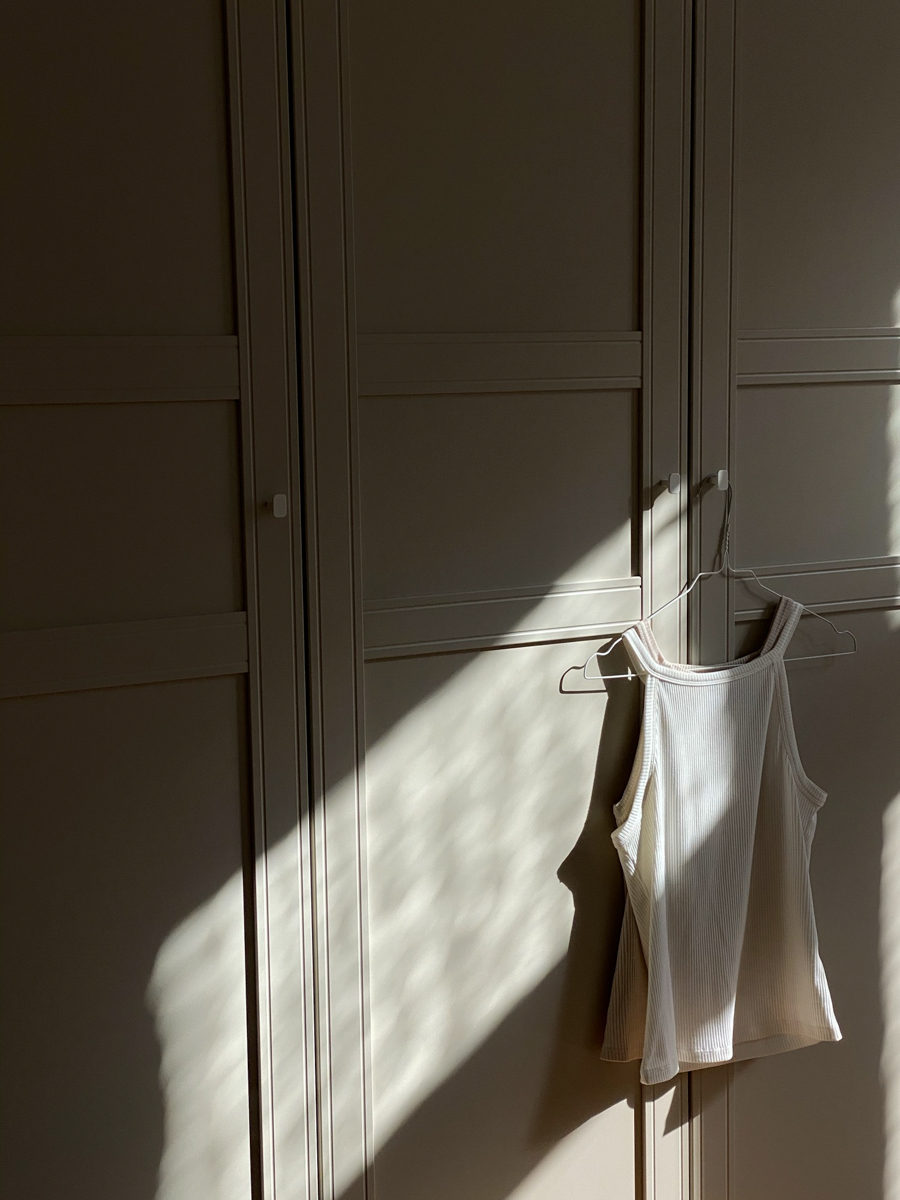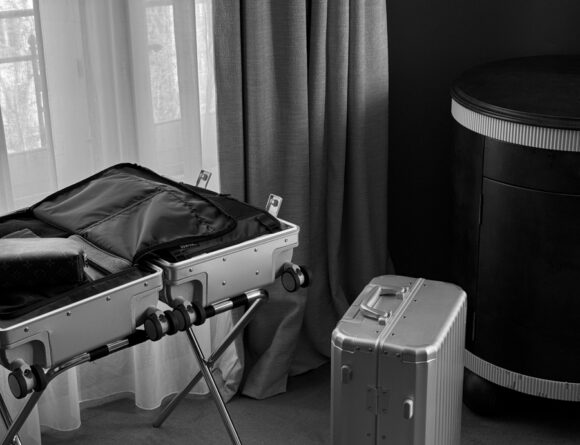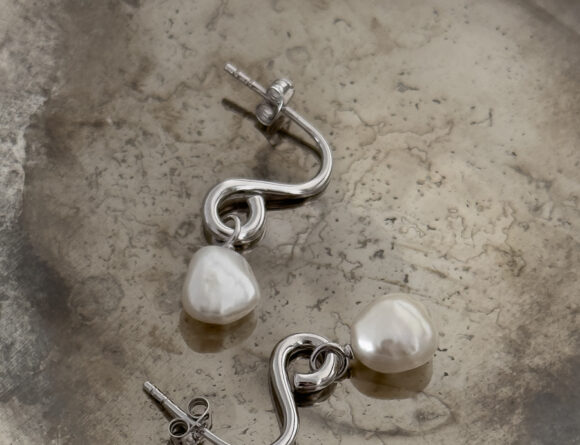
Tune into the fashion industry right now and you’ll discover that environmental friendliness and social responsibility is picking up quite a bit of steam — and it’s about time too.
But what does it all mean, how can you take part, and why does it even matter? In this blogpost, I’ve decided to share a few tips and (hopefully) helpful insights on how to be a better, more conscious consumer. Consider this a mini crash-course on how to cultivate a new perspective on fashion.
~
5 Tips To Help You Become A More Conscious Consumer
– Educate Yourself –
It’s no secret that knowledge is power, and being in-the-know is always the best way to empower and inspire yourself to make better, more environmentally and socially conscious decisions. Have you taken the time to dive into the dark depths of the fast fashion industry? A quick Google search, “fast fashion impact”, is a great place to start. In this article, I’m not going to get into the devastating details, but I do want to encourage you to do a bit of digging on the topic. There is a wealth of information online that reveals the depressing reality of this industry, and the tole it is taking on both people and our planet. Exposing myself this reality was the key factor that motivated me change the way I consume. To help get you started, here’s a list of a few documentaries that reveal the disappointing facts of fast fashion.
~
– Understand The Brands –
Before you make a purchase, how often do you take the time to have a peek at the tag to see where that garment was made? Better yet, how often do you do a bit of research on a brand to find out what’s really going on behind the scene? While it does take some extra effort, get to know a brand’s practices before supporting them with your money. Stop buying from companies with questionable operations, and look for alternative companies with sustainable and ethical mindsets. So how can you tell if a brand is environmentally and socially friendly? A good place to start is by looking at the price tag. Cheap clothing (unless purchased second-hand, which is always the most sustainable option) has to be made cheaply. It’s made by human-beings who earn pennies per hour for their labor – from seed sowing for the fibers, to seam sewing for the finished products. Brands who are socially and environmentally responsible are typically proud of their practices and like to tell their costumers about it – after all, they are fighting the good fight. Some brands, such as Ivy & Oak and Everlane, have even gone as far as to share a fully transparent pricing structure and detailed supply chain report. The Good Trade, a resource platform which shares researched and reviewed information on ethical brands, is also a great place to go for discovering pre-vetted places to purchase when you have a wardrobe need arise.
~
– Navigate Through Temptation –
We exist in an economy that is designed to instill want and never-ending demand. As someone with degrees in both marketing and design, I know for a fact that everyday each and every one of us has to navigate through an endless wave of advertisements, all strategically devised to play to our emotions and perpetuate this want. This structure isn’t going to change, which is why it’s important to set yourself up for better consumer success by consciously avoiding the temptations we’re constantly bombarded by. A great place to start is in your email in-box. How many emails are you receiving a day from fast fashion brands, reminding you to not miss their latest drop or blowout sale? Maybe it’s time to hit that unsubscribe button. How many unethical brands are you following on social media? Tap that unfollow icon and free yourself from distracting, want-perpetuating advertisements. This will also seriously help you steer-clear of impulse buys on top of reducing that unnecessary sense of “lack”.
~
– Define Your Style & Refine Your Wardrobe –
So now, you’ve decided to avoid fast-fashion because you’ve exposed yourself to the environmental and human costs; you’ve learned how to look for ethical brands, and you can navigate around want-cultivating advertisements to curb impulse buys. The next step is to build a strategy for your wardrobe, and to define your personal style. Sound silly? Well, having a plan and direction will help you stay on track, making it easier to say “no” when a certain item doesn’t fit into the big picture. Make a wardrobe manifestation board or save your favorite styles on Pinterest, and refer back to these ideas before buying something. Does that shirt really represent your vision? Be critical and stay true. Over time, you will have a wardrobe that you love, appreciate, and (most importantly) feel confident wearing. Allow yourself to part ways with items that no-longer fit into your aesthetic concept, and say good-bye to the “fantasy-selfs” who you purchase clothing for that don’t actually represent who you are. Unfamiliar with the concept of a fantasy-self? Check out this video by minimalist, Janell Kristina.
~
– Search, Consider & Save –
Need to add something new to your closet? Before heading to a high-street retailer or online shop (pre-vetted or not), spend a bit of time rifling through your local second-hand shops. As said before, buying second hand or vintage (regardless of the brand-name) is always the most environmentally friendly and economical option. As a woman who has worn it all, from designer labels to swap-party treasures, I’m proud to be a part of the sustainable fashion wave that is breaking the stigma of pre-loved clothing. There is nothing wrong — let me repeat, nothing wrong — with second-hand fashion. In fact, you should feel even more proud to be wearing a pre-loved garment because of what it represents for the environment and the overall social impact. When buying something new, consider it a bit before you make the purchase. Give yourself a day or two to think it over, deciding whether or not it’s going to fit into your visualized wardrobe. And instead of buying fast and cheap, save a bit for items that are ethically produced, high quality, and fitting into that vision. When you adapt these shopping ideologies, you’ll actually find more room in your budget for quality splurges because of the cost-savings that come from avoiding impulse buys and savvy second-hand shopping.
~




